7 books in which swimming says something about life
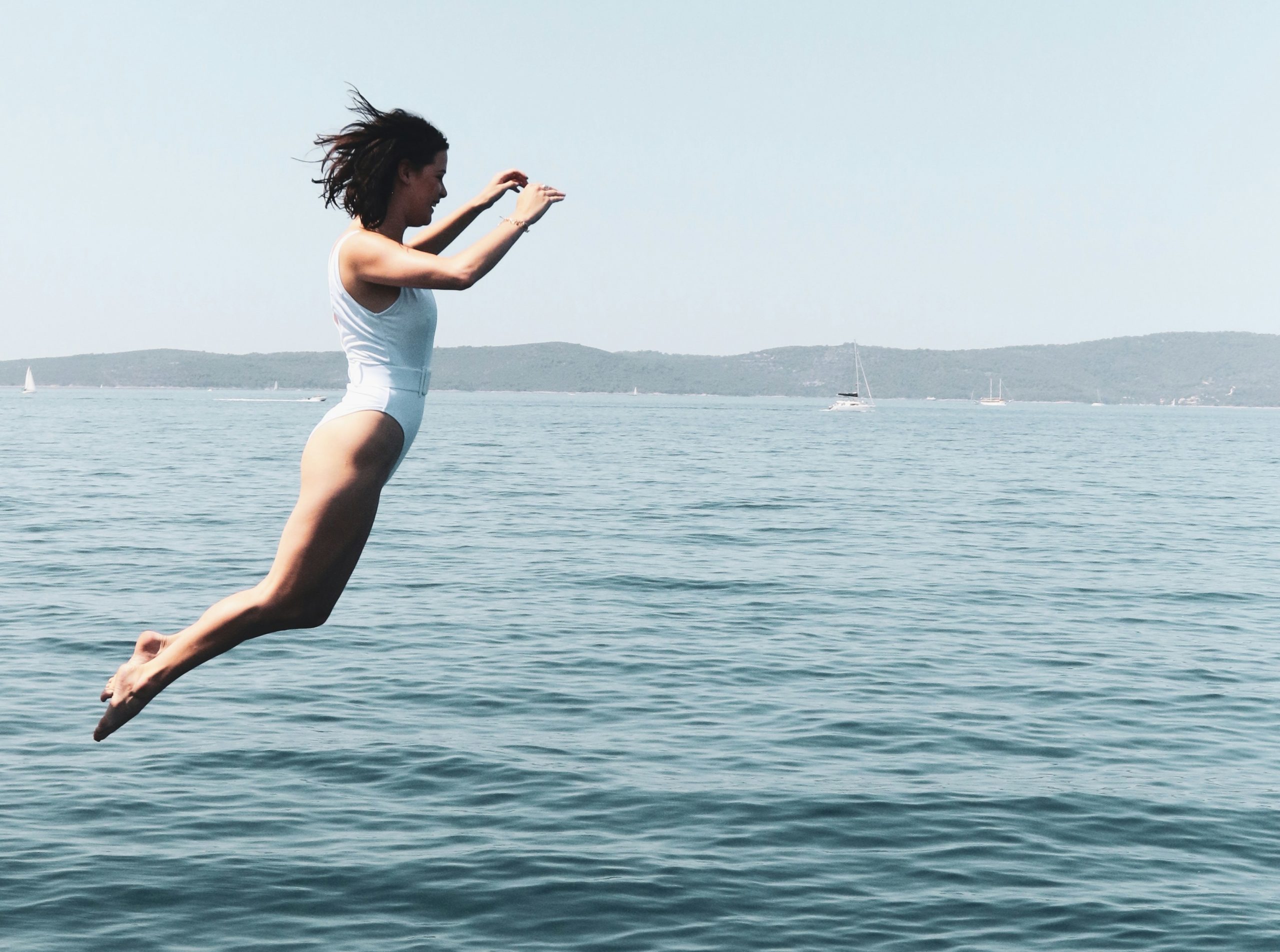
When I meet another swimmer, a kind of knowing connection is formed. We have our favorite pools, we swim in the morning or evening, we started swimming at a certain, perhaps painful point in our lives and now we can’t imagine our days without those waters.
Often it’s the moments before and after the pool that underline our relationship with the ritual of swimming. In the changing rooms, women talk about their bodies and their lives. They talk about their pain, surgeries and recoveries. I love these fleeting encounters that create a sense of community. Some people just want to ask, “Have you swam yet? How’s the water today?” Recently, when I was swimming heavily pregnant, the conversation turned to women sharing experiences from their lives: one woman who came to Australia as a refugee from Vietnam told me about her mother giving birth to her twelve children; others taking a moment to remember their own pregnancies, sometimes decades ago – moments that come to the surface through the encounter with the naked, pregnant body in the changing room.
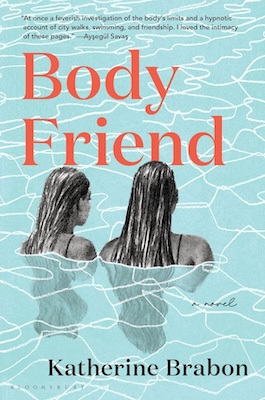
In my novel Body friendthe narrator, while recovering from surgery, begins swimming at local swimming pools in Melbourne. At the pool, she meets another woman, Frida, who happens to have the same chronic illness that the narrator has lived with since her early twenties. Together they develop an obsession with the pool and what it suggests to them: control over their illnesses and a blissful, temporary freedom for (or from) their bodies.
Here is my list of books where local swimming pools or other bodies of water have some sort of character and swimming says something about life. These aspects are not necessarily the driving force of a book – while sometimes swimming is a common thread throughout a person’s life or during a difficult time, in other books they are more peripheral moments that still say something about bodies, relationships or life.
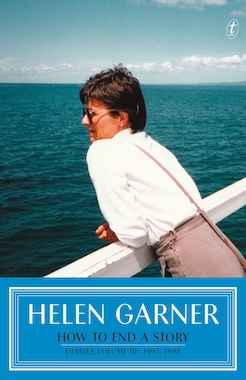
How to end a story by Helen Garner
The third volume of the diaries of the famous Australian writer Helen Garner, How to end a storyfollows her life from 1995 to 1998, when she lived in Sydney with her husband, also a writer, whose ego and betrayal will likely infuriate most readers. He leaves her no space in the house for her artistic pursuits, so the younger Garner often spends her mornings by the pool before finding a place to write. It’s heartbreaking to read her denial about what’s happening to her relationship. I was struck by the regular connection of swimming and writing, which is something I so often find myself in too. She loves the pool, it makes her feel strong and confident, but then she feels guilty about putting off writing by swimming. There’s a back and forth that feels so familiar.
Garner said in her journals, “During those hours of special solitude, when I talk only to myself, I am free.” I can’t help but see a similar feeling in swimming, up and down the lane, for a moment alone and free – regardless of what else is happening in life.
Love me tenderly by Constance Debré, translated by Holly James
Like Garner, in Constance Debré’s caustic, novelistic account of real events, a regular swimming routine is accompanied by enormous upheaval and pain. Debré has recently left behind her former life: her career as a criminal defense attorney, her marriage to a man, the house she lived in with her husband and son. She has embraced her sexuality, now dating and sleeping with women while she spends her days swimming and writing her first book. Here, too, the regularity of swimming and writing seem to fuel each other. The harrowing experience that this new world brings is the loss of custody of her son Paul and the bitter legal battle overshadowed by accusations, homophobia, and the rejection of Debré’s requests to see her son. Through it all, she swims and writes, and while these activities may not comfort her, in some ways they do give her strength.
The swimmers by Julie Otsuka
Otsuka’s novel best captures the community and vibrancy of the swimming pool changing rooms. Significantly, the novel opens with a beautiful scene describing the pool and its inhabitants in the first person plural: “Most days, the pool allows us to leave our worries on land behind us.” There is something ritualistic, almost religious, about the way this collective chorus approaches the pool. Otsuka’s characters take pride in their devotion: “Some would call our devotion to the pool excessive, if not pathological.” The pool then becomes a powerful metaphor as cracks begin to form in its foundation and the focus is turned to the character Alice, one of the swimmers who suffers from dementia. This focus on one swimmer got me thinking about all the many different lives of the swimmers I encounter each time I visit the pool.
Cold enough for snow by Jessica Au
This is one of those examples of a brief, almost missable reference to swimming in a book—though Au is a slim, delicate work that forces us to pay attention to every single line. The narrator is a woman from Australia who travels to Japan for a short vacation to meet her mother. The passage in which swimming features is preceded by the narrator’s reflections on how much she “liked the idea of living according to a certain rigor or method,” whether in her studies or working in a restaurant. Her attitude toward swimming also says something about her: “When I came back from the pool… I felt something—my body as my own, strong and tanned, capable of being anything I wanted it to be as long as I worked hard enough.” I know that feeling when I leave the pool, of being capable of anything. Through my own health struggles and living with a chronic illness, the pool has shown me so many opportunities for healing and improvement, even if only temporarily.
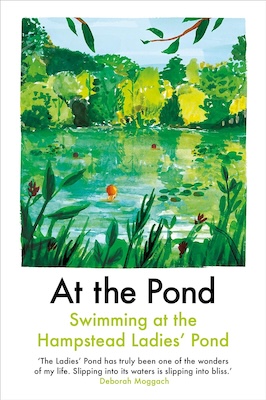
At the pond: Swimming in the Hampstead Ladies’ Pond
This beautiful collection of essays by various authors takes us through the seasons at Hampstead Ladies’ Pond, a wild bathing spot in the heart of London, on Hampstead Heath. Here, as in so many books on this list, swimming is constantly saying something about life. The concept of a “Ladies’ Pond” and what that means for access and inclusivity is explored in some tricky, devastating ways, such as in So Mayer’s contribution to the collection. You write that although “there are many trans and nonbinary people who swim and have swum at Ladies’ Pond… Their molecules and courage already flow through the water like minerals,” Mayer no longer wants to swim there. The winter part of the book is particularly gripping, as I imagine the long-term visitors who have ventured out on dark, 32-degree mornings to jump into the icy pond while the rest of the city sleeps.
Cost of living by Deborah Levy
Another author who swims in Hampstead Heath is Deborah Levy. In the second book of her non-fiction trilogy, which she calls a “living autobiography”, Levy reflects on how her mother taught her to swim in the murky pools of Hampstead Heath. Her mother taught her a technique that allowed her to “surrender to the water” by floating, looking up to the sky and “letting her thoughts go”. Levy has said that her element is water, and that a swimming pool is “a kind of theatre, it has its exits and entrances. And we wear costumes…” Swimming pools and water appear repeatedly in her work. In Cost of livingshe swims with her friend Clara in various swimming pools around London. She also reflects on her failed marriage and her decision not to swim back to the crumbling boat that that relationship was. Levy’s relationship with water, which she gained through regular swimming, seems to have permeated her work, her symbolism and her prose.
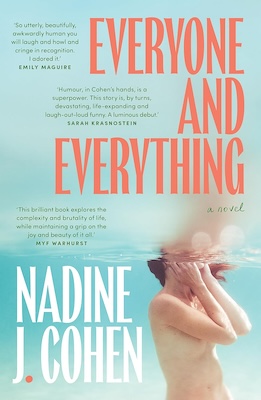
Everyone and Everything by Nadine J. Cohen
There is a well-known rivalry between Australia’s two biggest cities, Melbourne and Sydney. I am a proud Melbourne resident, but I have to admit that Sydney has something we just can’t compete with here: sea pools. These pools are built into rock walls, with steps, handrails and concrete or tiled floors, and are filled by the waves rolling in from the ocean. Nadine Cohen’s debut Everyone and Everything is a novel about grief, suffering and healing, devastating and funny at the same time – a true spectrum of light and darkness. For protagonist Yael Silver, swimming offers continuity and relief in a time of great pain. She is a regular sunrise swimmer at McIver’s Ladies Baths in Sydney, where she forms a new friendship with a woman decades her senior. The novel’s prologue, which features a sunrise swim in the ocean pool, is simply breathtaking.



)